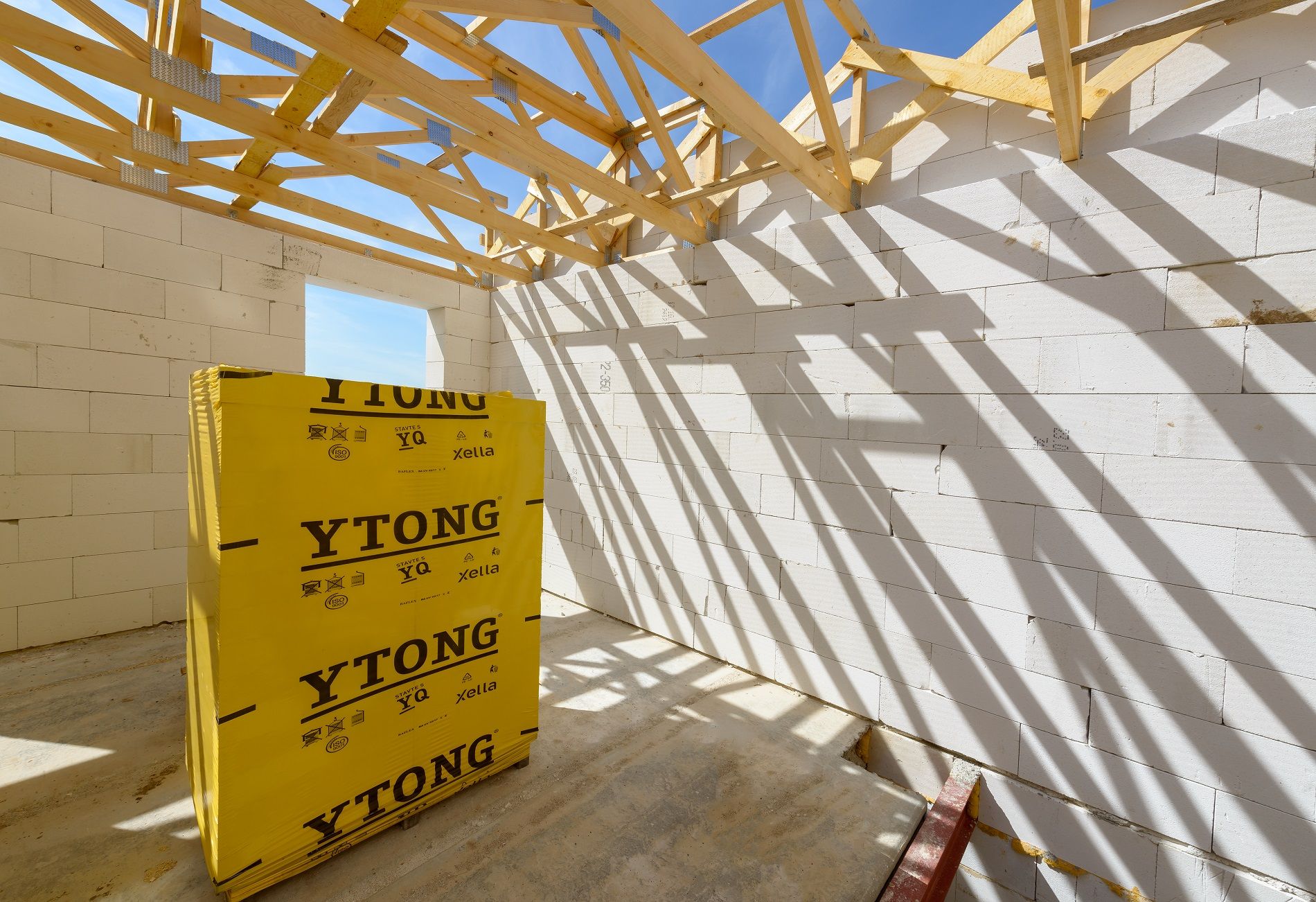We are living in uncertain times: Energy costs are rising, some manufacturers of building materials are reporting shortages, and the shortage of skilled workers is also having an impact on construction projects and construction sites. Right now, it is important to offer construction solutions that keep the total cost of a home as low as possible.
For this reason, more and more builders are looking for holistic solutions that optimize construction and delivery times, always keep costs in mind, and meet sustainability requirements. Xella has therefore transformed itself from a manufacturer of building materials to a holistic provider of construction solutions. "Xella has evolved into a complete solution provider for architects, developers, general contractors and construction companies. We are committed to getting involved as early as possible in the design process of any building project to work with our customers to find the best affordable and efficient solutions for the complete building envelope. In doing so, we can benefit both from our ability to digitally optimize each project together with our customers and from the complementary physical properties of our products," says Thomas Bois, CEO Business Unit Building Materials of the Xella Group.
It is no wonder that many players are increasingly interested in solutions made of autoclaved aerated concrete (AAC), which allows to plan and build energy-efficiently right from the start. Reasons: The building material has one of the best thermal conductivity values for monolithic constructions, for example. Thus, the project can be erected in a more time-saving manner overall since the load-bearing capacity and the thermal insulation of the exterior walls are erected in a single operation.
Low CO2 emissions with Ytong AAC
Mineral-based Ytong AAC is a responsible, sustainable, and recyclable building material with a limited carbon footprint. Ytong AAC is made from mineral raw materials from the earth's crust and are therefore ecological building materials. 80% of raw materials are sourced locally from the area surrounding the plants and operations are carried out in a way that does not upset the balance of nature.
During production, care is taken to use as few natural new resources as possible - AAC residues from cutting and leftovers are also fully used in the production of new blocks.
The advantage of AAC over other building materials, like wood, is that it can be reused at the end of its life cycle. For Markus Heße, Head of International Product Management at Xella Group, the sustainable properties of AAC are a decisive advantage over traditional construction methods and materials. "We, as Xella Group, are aware of our responsibility towards the environment. We therefore attach importance to sustainable and recyclable materials. AAC meets these requirements. It offers the best ratio of quality, price and long-term constant performance for our customers."
